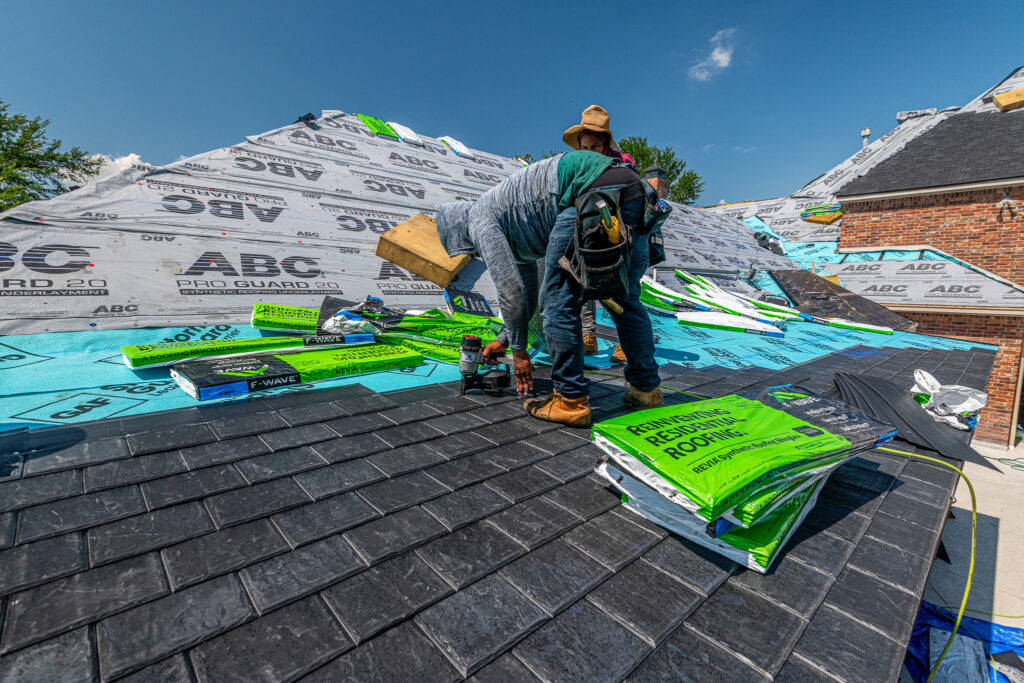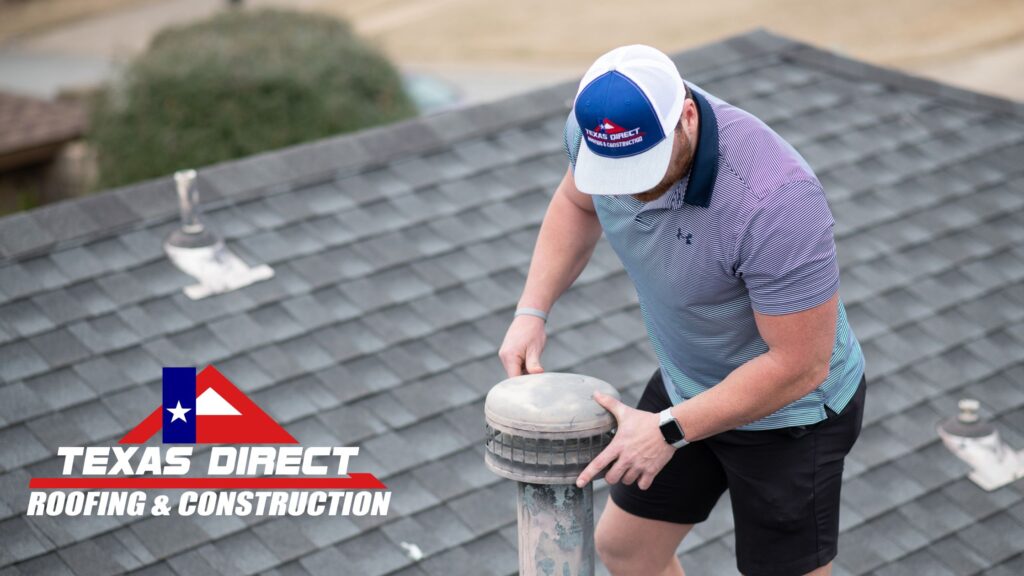When it comes to roofing, most homeowners think about durability, cost, and maybe curb appeal, but there’s much more to the industry than meets the eye. From strict building codes and eco-friendly options to the surprising risks roofers face daily, the world of residential roofing is full of fascinating details that often go unnoticed. These lesser-known facts reveal how crucial it is to choose a reputable, knowledgeable roofer to ensure your roof stands up to everything from weather extremes to energy costs. Here are seven surprising facts about the residential roofing industry that might just change the way you think about that overhead shield protecting your home.

- Most Roofs Are Meant to Last 20+ Years – But Many Don’t
While asphalt shingle roofs are designed to last 20–30 years, weather conditions, installation quality, and material choice can significantly impact their lifespan. Severe weather, like the hail common in Dallas-Fort Worth, can reduce a roof’s lifespan by years. - Roofing Is One of the Most Dangerous Jobs
Roofing is consistently ranked among the most hazardous jobs due to the risk of falls, heat exposure, and heavy lifting. Roofers undergo extensive safety training and use specialized equipment to minimize risks, but it’s still a physically demanding and potentially dangerous trade. - Energy Efficiency Starts with the Roof
Many people don’t realize that a well-insulated roof can reduce energy costs by up to 20%. Modern roofing materials, such as cool roofs and reflective shingles, are designed to improve energy efficiency, keeping homes cooler and reducing air conditioning bills. - Reputable Roofers Are Often Booked Months in Advance
In peak seasons or after major storms, reputable roofers can be booked out for weeks or even months. This is especially true in areas prone to severe weather, where demand surges after storms. Planning ahead for inspections and routine maintenance can help homeowners avoid the rush. - Roofing Codes and Requirements Vary Widely by Location
Building codes for roofing vary not only by state but also by county or city. For instance, Dallas-Fort Worth may have stricter requirements to withstand wind and hail than other areas. Knowledgeable roofers must stay up-to-date on these regulations to ensure compliance and durability. - Roofing Shingles Are Often Recyclable
Old shingles don’t have to go to the landfill. Asphalt shingles can be recycled into materials for paving roads, which helps reduce waste and environmental impact. Eco-conscious roofers often participate in recycling programs to minimize the industry’s environmental footprint. - Storm Chasers in the Roofing Industry Are a Real Problem
After storms, “storm chaser” roofers may appear, offering quick, low-cost repairs. These companies are often uninsured, may lack proper licensing, and sometimes leave town before finishing jobs. Reputable roofers typically have local offices and a history of satisfied clients, which can help homeowners avoid these unreliable contractors.

